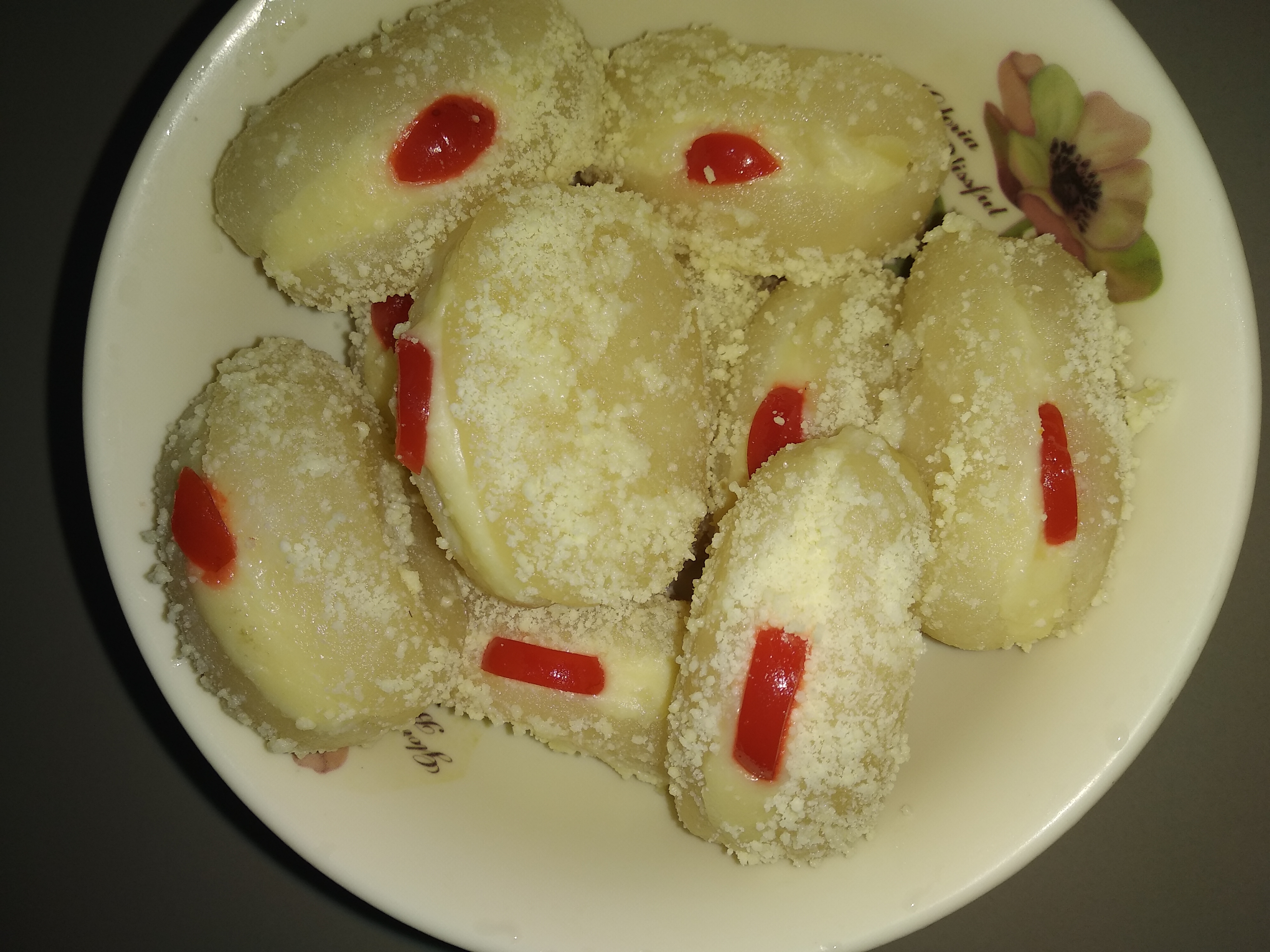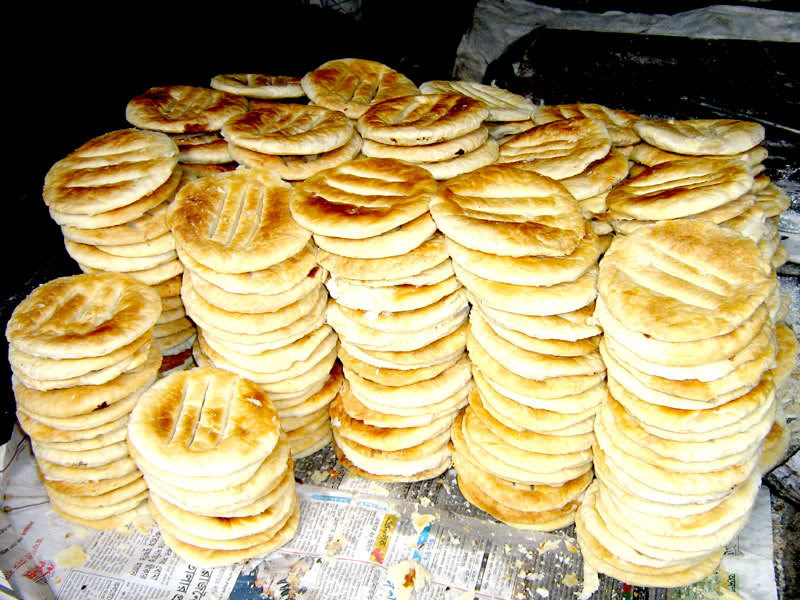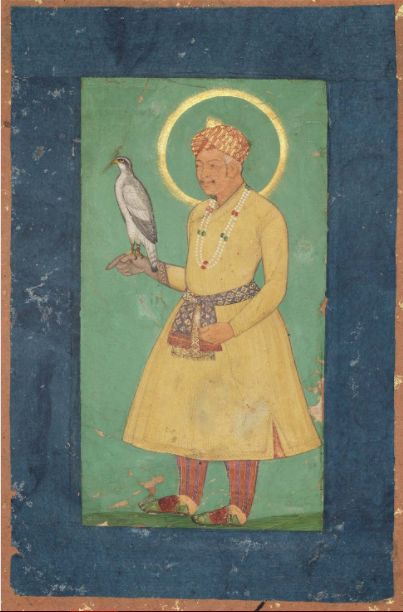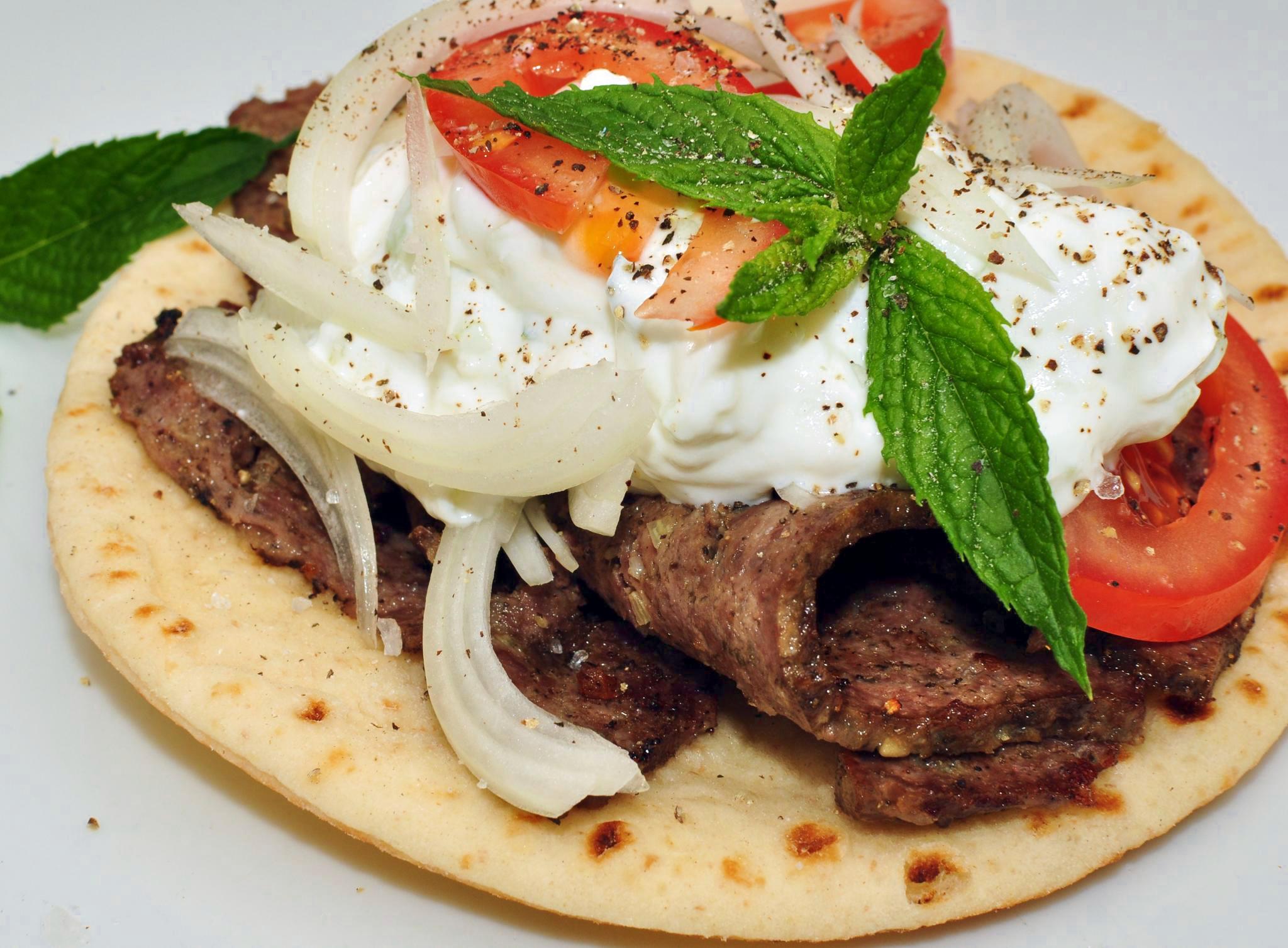|
Chom-chom
Cham cham, Chomchom or chum chum ( bn, চমচম) is a traditional Bengali sweet, popular throughout the Indian subcontinent. The sweet comes in a variety of colors, mainly light pink, light yellow, and white. It is coated with coconut or mawa flakes as a garnish. History Chomchom Originated from Tangail District. Chamcham, an oval-shaped brownish variety of chomchom from Porabari in Tangail District of modern-day Bangladesh, dates back to mid-19th century. The unique taste has been attributed to the water in Porabari. Jagadish Mishtanno Bhandar in Khustia District makes a version known as ''Maowar Chomchom.'' Chomchom is a popular item in Pohela Boishak, the Bengali new year, and Durga Puja. See also * Rasgulla * Sandesh References External linksCham cham Bengali cuisine Bangladeshi desserts Indian desserts {{Confection-stub ... [...More Info...] [...Related Items...] OR: [Wikipedia] [Google] [Baidu] |
Bangladeshi Cuisine
Bangladeshi cuisine ( bn, বাংলাদেশের রান্না) is the national cuisine of Bangladesh. Bangladeshi cuisine has been shaped by the diverse history and river-line geography of Bangladesh. The country has a tropical monsoon climate. The staple of Bangladesh is rice and fish. The majority of Bangladeshi people are ethnic Bengali, who follow Bengali cuisine, with a minority of non-Bengalis with their own unique cuisine. Bangladeshi food has more meat, especially beef, compared to West Bengal. History Bangladeshi cuisine has over time been largely influenced by the Mughlai cuisine left behind by the Mughal rulers. This has led Bangladeshi cuisine to include many rich aromatic dishes such as biriyani and korma that require the use of a large array of spices along with an great deal of ghee. Dhaka being the Mughal capital of the Bengal Subah (which includes the modern Bangladesh and the Indian states of West Bengal) was a major trading center in South Asia ... [...More Info...] [...Related Items...] OR: [Wikipedia] [Google] [Baidu] |
Porabari
Porabari Union ( bn, পোড়াবাড়ী ইউনিয়ন) is a union of Tangail Sadar Upazila, Tangail District, Bangladesh. It is situated southwest of Tangail city. It is the place of origin for the chomchom, a sweetmeat eaten throughout the Indian subcontinent. Demographics According to Population Census 2011 performed by Bangladesh Bureau of Statistics, The total population of Porabari union is 21,622. There are 4,897 households in total. See also * Union Councils of Tangail District Union council ( bn, ইউনিয়ন পরিষদ, translit=iūniyan pariṣad, translit-std=IAST), also known as union parishad, rural council, rural union and simply union, is the smallest rural administrative and local government unit ... References {{Reflist Populated places in Dhaka Division Populated places in Tangail District Unions of Tangail Sadar Upazila ... [...More Info...] [...Related Items...] OR: [Wikipedia] [Google] [Baidu] |
Tangail District
Tangail ( bn, টাঙ্গাইল জেলা) formerly a small Mohokuma of Greater Mymensingh district is a district (''zila'') in the central region of Bangladesh. In 1969, Tangail district was created by Tangail Mohokuma from its 237 square kilometers of its land and 3177 square kilometers of land from Mymensingh district. It is the largest district of Dhaka division by area and second largest by population (after Dhaka district). The population of Tangail zila is about 3.8 million and its area is . The main city of the district is Tangail. It is surrounded by Jamalpur District on the north, the Dhaka and Manikganj Districts on the south, the Mymensingh and Gazipur on the east, and the Sirajganj on the west. History Tangail was a part of Greater Mymensingh till 1969. Tangail was separated from Mymensingh District in order to subdue its dominance. Before the 6 Upazila event, Mymensingh District had a greater economic growth rate than the capital, Dhaka. A ... [...More Info...] [...Related Items...] OR: [Wikipedia] [Google] [Baidu] |
Bengali Cuisine
Bengali cuisine ( bn, বাঙ্গালী রন্ধনপ্রণালী) is the culinary style of Bengal, a region in the eastern part of the Indian subcontinent encompassing Bangladesh and the Indian states of West Bengal, Tripura, Jharkhand and Assam's Barak Valley. The cuisine has been shaped by the region's diverse history of Bengal, history and climate. It is known for its varied use of flavours, as well as the spread of its confectioneries and desserts. Bengali cuisine has the only traditionally developed full course dinner, multi-course custom in the cuisine of the Indian subcontinent, South Asia that is analogous in structure to the modern ''service à la russe'' style of French cuisine, with food served in course (food), courses rather than all at once. There is a strong emphasis on rice as a staple, served with fish, meat, vegetables, and lentils. Many Bengali food traditions draw from social activities, such as Adda (South Asian), adda, or the ''Mezban''. ... [...More Info...] [...Related Items...] OR: [Wikipedia] [Google] [Baidu] |
Sandesh (sweet)
Sandesh ( bn, সন্দেশ ''Shôndesh'') is a dessert, originating from the Bengal region in the eastern part of the Indian subcontinent, created with milk and sugar. Some recipes of ''sandesh'' call for the use of chhena or paneer (which is made by curdling the milk and separating the whey from it) instead of milk itself. Some people in the region of Dhaka make a form of ''sandesh'' called ''pranahara'' (literally 'heart stealer') which is softer and made with ''mawa'' and yogurt. The Gupo/Gufo style of ''sandesh'' from Guptipara is considered by some to be the "first branded sweet of Bengal". History A sweet dish by the name ''sandesh'' is mentioned in medieval Bengali literature, including Krittibas' Ramayana and lyrics of Chaitanya. However, the ingredients of this original dish are not known. This dish was most likely different from the modern chhena-based sandesh, which is made of solidified kheer. It is hard to determine when exactly ''sandesh'' started ... [...More Info...] [...Related Items...] OR: [Wikipedia] [Google] [Baidu] |
Rasgulla
Rasgulla, also known as rasagola, rosogola or rosogolla, is a syrupy dessert popular in the Bengal region of the Indian subcontinent. It is made from ball-shaped dumplings of chhena and semolina dough, cooked in light sugar syrup made of sugar. This is done until the syrup permeates the dumplings. The earliest evidence of rasagola can be found in the epic poem Dandi Ramayana which was composed by famous Odia poet Balarama Dasa in which he mentioned that rasagola is offered to Maa Laxmi by Lord Jagannath in a ritual called Niladri Bije. While it is near-universally agreed upon that the dessert originated in the eastern Indian subcontinent, the exact locus of origin is disputed between locations such as West Bengal, Bangladesh, and Odisha, where it is offered at the Puri Jagannath Temple. In 2016, the West Bengal government applied for a geographical indication (GI) tag for the variant called "Banglar rosogolla" (Bengali rasgulla) clarifying that the Bengal and Odisha varian ... [...More Info...] [...Related Items...] OR: [Wikipedia] [Google] [Baidu] |
Durga Puja
Durga Puja ( bn, দুর্গা পূজা), also known as Durgotsava or Sharodotsava, is an annual Hindu festival originating in the Indian subcontinent which reveres and pays homage to the Hindu goddess Durga and is also celebrated because of Durga's victory over Mahishasur. It is celebrated all over the world by the Hindu Bengali community but it is particularly popular and traditionally celebrated in the Indian states of West Bengal, Bihar, Assam, Tripura, Odisha, Jharkhand, Uttar Pradesh (eastern parts) and the country of Bangladesh. The festival is observed in the Indian calendar month of Ashwin, which corresponds to September–October in the Gregorian calendar. Durga Puja is a ten-day festival, of which the last five are of the most significance. The Puja (Hinduism), puja is performed in homes and public, the latter featuring a temporary stage and structural decorations (known as ''pandals''). The festival is also marked by scripture recitations, performance ar ... [...More Info...] [...Related Items...] OR: [Wikipedia] [Google] [Baidu] |
Pohela Boishakh
Pohela Boishakh ( bn, পহেলা বৈশাখ) is the first day of the Bengali calendar which is also the official calendar of Bangladesh. This festival is celebrated on 14 April in Bangladesh and 15 April in the Indian states of West Bengal, Tripura, and Assam (Barak Valley) by Bengalis regardless of religious faith. Celebration of Pohela Boishakh traces its roots back to Mughal rule in this region and also the proclamation of tax collection reforms of Akbar. The festival is celebrated with processions, fairs and family time. The traditional greeting for Bengalis in the new year is "''Shubho Noboborsho''" which is literally "Happy New Year". The festive '' Mangal Shobhajatra'' is organized in Bangladesh. In 2016, the UNESCO declared this festivity organized by the Faculty of Fine Arts, University of Dhaka as a cultural heritage of humanity. [...More Info...] [...Related Items...] OR: [Wikipedia] [Google] [Baidu] |
Asiatic Society Of Bangladesh
The Asiatic Society of Bangladesh is a non political and non profit research organisation registered under both Society Act of 1864 and NGO Bureau, Government of Bangladesh. The Asiatic Society of Bangladesh was established as the Asiatic Society of East Pakistan in Dhaka in 1952 by a number of Muslim leaders, and renamed in 1972. Ahmed Hasan Dani, a noted Muslim historian and archaeologist of Pakistan played an important role in founding this society. He was assisted by Muhammad Shahidullah, a Bengali linguist. The society is housed in Nimtali, walking distance from the Curzon Hall of Dhaka University, locality of Old Dhaka. Publications The society's publications include: * ''Banglapedia, the National Encyclopedia of Bangladesh'' (edition 2, 2012) * ''Encyclopedia of Flora and Fauna of Bangladesh'' (2010, 28 volumes) * ''Cultural Survey of Bangladesh, a documentation of the country's cultural history, tradition and heritage'' (2008, 12 volumes) * ''Children’s Banglapedia'', a ... [...More Info...] [...Related Items...] OR: [Wikipedia] [Google] [Baidu] |
Porabari Union
Porabari Union ( bn, পোড়াবাড়ী ইউনিয়ন) is a union of Tangail Sadar Upazila Tangail Sadar ( bn, টাঙ্গাইল সদর) is an upazila of Tangail District in the Division of Dhaka, Bangladesh. Geography Tangail Sadar is located at . It has 69783 households and total area 334.26 km2. The upazila is surro ..., Tangail District, Bangladesh. It is situated southwest of Tangail city. It is the place of origin for the chomchom, a sweetmeat eaten throughout the Indian subcontinent. Demographics According to Population Census 2011 performed by Bangladesh Bureau of Statistics, The total population of Porabari union is 21,622. There are 4,897 households in total. See also * Union Councils of Tangail District References {{Reflist Populated places in Dhaka Division Populated places in Tangail District Unions of Tangail Sadar Upazila ... [...More Info...] [...Related Items...] OR: [Wikipedia] [Google] [Baidu] |
Bangladesh
Bangladesh (}, ), officially the People's Republic of Bangladesh, is a country in South Asia. It is the eighth-most populous country in the world, with a population exceeding 165 million people in an area of . Bangladesh is among the most densely populated countries in the world, and shares land borders with India to the west, north, and east, and Myanmar to the southeast; to the south it has a coastline along the Bay of Bengal. It is narrowly separated from Bhutan and Nepal by the Siliguri Corridor; and from China by the Indian state of Sikkim in the north. Dhaka, the capital and largest city, is the nation's political, financial and cultural centre. Chittagong, the second-largest city, is the busiest port on the Bay of Bengal. The official language is Bengali, one of the easternmost branches of the Indo-European language family. Bangladesh forms the sovereign part of the historic and ethnolinguistic region of Bengal, which was divided during the Partition of India in ... [...More Info...] [...Related Items...] OR: [Wikipedia] [Google] [Baidu] |
Garnish (food)
A garnish is an item or substance used as a decoration or embellishment accompanying a prepared food dish or drink. In many cases, it may give added or contrasting flavor. Some garnishes are selected mainly to augment the visual impact of the plate, while others are selected specifically for the flavor they may impart. This is in contrast to a condiment, a prepared sauce added to another food item primarily for its flavor. A food item which is served with garnish may be described as being garni, the French term for "garnished." Many garnishes are not intended to be eaten, though for some it is fine to do so. Parsley is an example of a traditional garnish; this pungent green herb has small distinctly shaped leaves, firm stems, and is easy to trim into a garnish. Overview A garnish makes food or drink items more visually appealing. They may, for example, enhance their color, such as when paprika is sprinkled on a salmon salad. They may provide a color contrast, for example whe ... [...More Info...] [...Related Items...] OR: [Wikipedia] [Google] [Baidu] |







